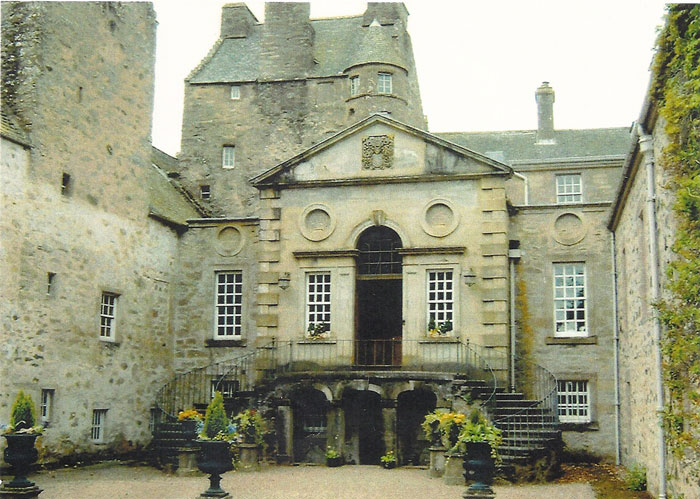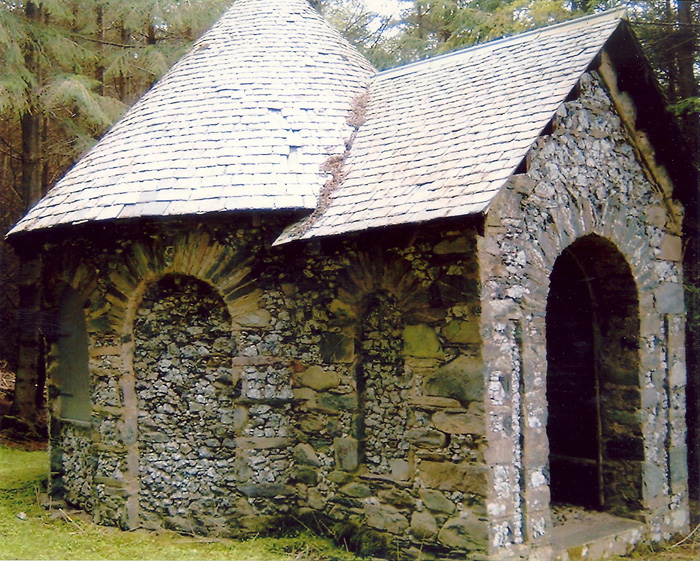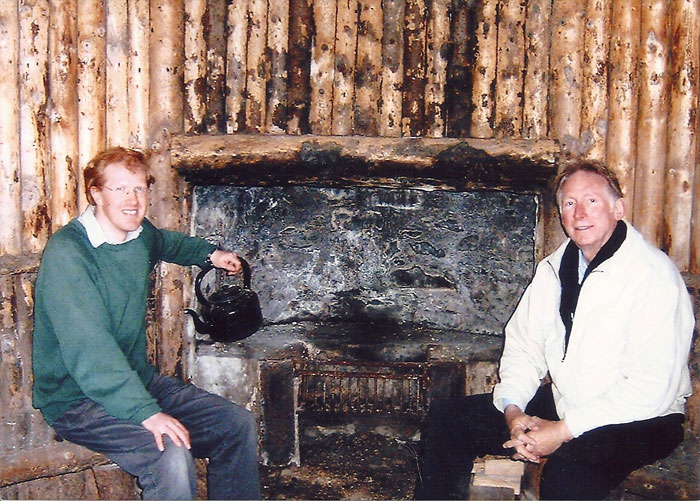Murthly Castle

Courtesy of Thomas Steuart Fothringham
The Three Worlds Meet project will illuminate some of the enduring legacy of two main characters in this story. One European visitor to the Early American West was Sir William Drummond Stewart (1795-1871), seventh Baronet of Murthly Castle near Dunkeld, Scotland. Stewart was active in Wyoming during the later years of the Rocky Mountain fur trade (circa 1833-1843). He was well-known among rendezvous participants as a colorful figure and well-respected as a hunter and leader among trappers, traders and Native Americans alike.
Following their western adventures, Stewart returned to Scotland with Alfred Jacob Miller where the artist completed many of his most famous oil and watercolor paintings. In fact, historical connections between Wyoming and Scotland can still be seen there today. A grove of Douglas Fir trees from America which were planted as seedlings by Stewart on the grounds of Murthly Castle are one of the features of the estate's grounds. These 170-year-old trees, as well as Scotland's bison descended from stock sent from America in 1843, are ongoing, living tributes to the impact of Wyoming and the Far West on Stewart and Scotland.
Learn about William Drummond Stewart's special gifts to Jim Bridger in this video clip:
Visit Murthly Castle at www.murthly-estate.com.






